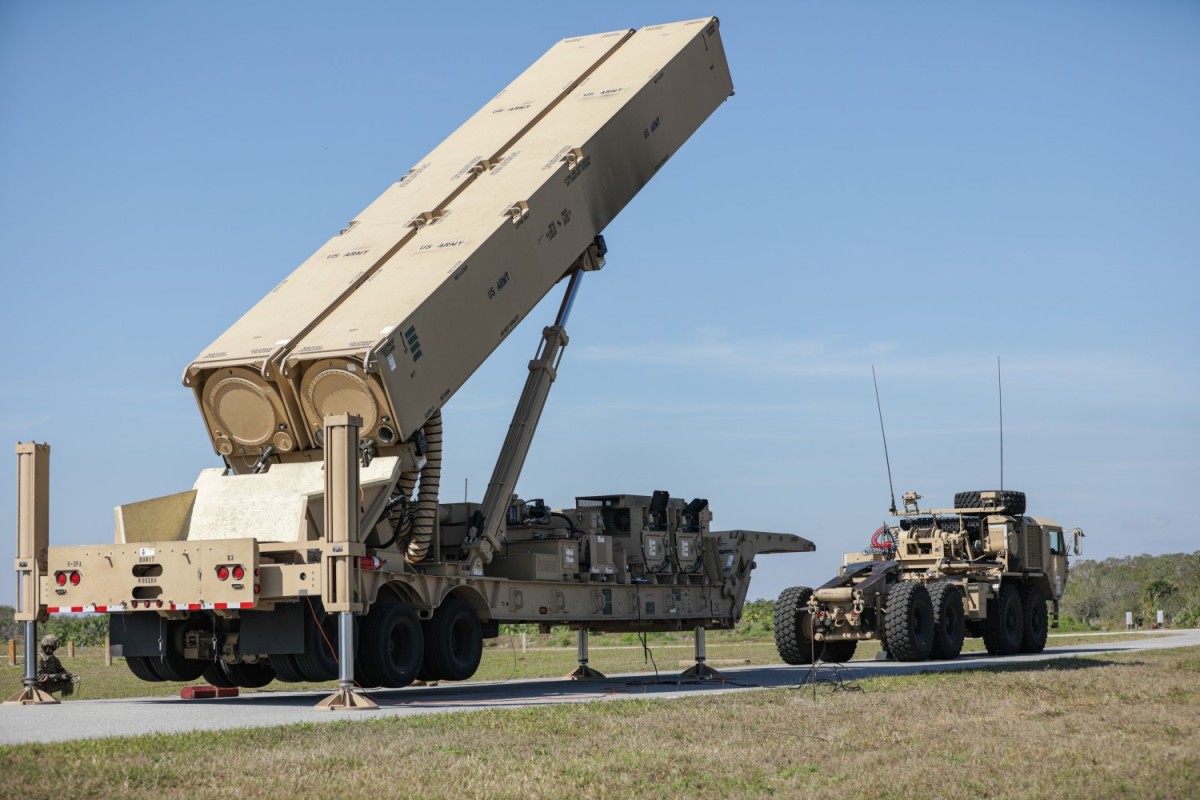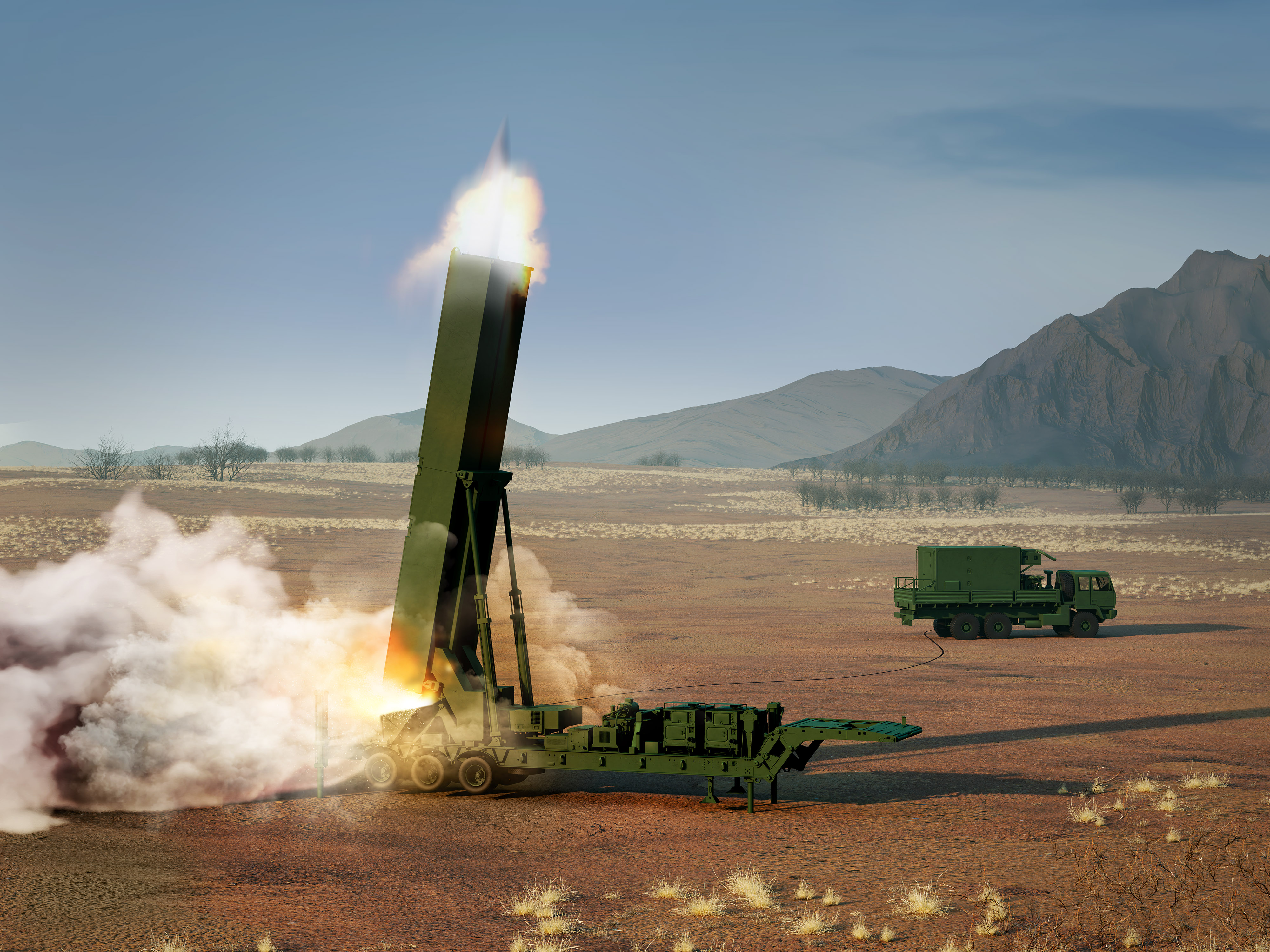US to start deploying long-range weapons in Germany in 2026
The United States will start deploying long-range fire capabilities in Germany in 2026 in an effort to demonstrate its commitment to NATO and European defense, the United States and Germany said in a joint statement on Wednesday.
The United States' "episodic deployments" are in preparation for longer-term stationing of such capabilities that will include SM-6, Tomahawk cruise missiles and developmental hypersonic weapons that have a longer range than current capabilities in Europe, the two countries said.
https://www.reuters.com/business/aerosp ... 024-07-10/
Joint Statement from United States and Germany on Long-Range Fires Deployment in Germany
Following discussions ahead of the NATO Summit, the governments of the United States and Germany released the following joint statement:
The United States will begin episodic deployments of the long-range fires capabilities of its Multi-Domain Task Force in Germany in 2026, as part of planning for enduring stationing of these capabilities in the future. When fully developed, these conventional long-range fires units will include SM-6, Tomahawk, and developmental hypersonic weapons, which have significantly longer range than current land-based fires in Europe. Exercising these advanced capabilities will demonstrate the United States’ commitment to NATO and its contributions to European integrated deterrence.
https://www.whitehouse.gov/briefing-roo ... n-germany/
PREPARE TO LAUNCH
While both the LRHW and MRC are ground-launched systems that provide advanced capabilities to engage targets effectively across different ranges, they operate differently. The LRHW system enables rapid and precise strikes against time-sensitive or heavily defended targets at hypersonic speeds over long distances. The MRC system delivers accurate strikes against a variety of targets within intermediate distances.
It is a new class of weapon for the Army and DOD and is the nation’s first operational hypersonic weapon, with a total of three LRHW batteries planned for delivery.
The LRHW is a road-mobile and air-transportable weapon system, armed with missiles that can travel at speeds in excess of 3,800 miles per hour, with a reported range of 1,725 miles. It communicates with the Army’s command and control networks via the Advanced Field Artillery Tactical Data System.
The LRHW system consists of Army ground support equipment—one battery operations center (BOC), four transporter erector launchers, a BOC support vehicle and up to eight All-Up Rounds plus Canister. The LRHW leverages a Navy-designed missile (a two-stage booster and the Common Hypersonic Glide Body (CHGB)) packaged in an Army canister.
“The target delivery for residual combat capability is [calendar year] 2024.”
The Army planned for three flight tests of the LRHW before the first battery fielding in fiscal year 2023. In October 2021, the booster rocket carrying the CHGB vehicle reportedly failed a test flight, resulting in what defense officials characterized as a “no-test” because the CHGB had no chance to deploy. A June 2022 test of the entire LRHW missile also resulted in a no-test. In October 2022, DOD delayed a scheduled LRHW test to assess the root cause of the June 2022 no-test.
Currently, Farrell said, the LRHW is in the final stages of flight tests designed to collect required data, demonstrate capability and validate the system’s design. Following a successful end-to-end flight test, RCCTO will deliver the first LRHW missile and transition the LRHW capability to PEO MS, where the program will continue flight testing and further development.
With a plan for 66 missiles, including 48 tactical missiles, the cost of each LRHW missile comes to $106 million.
https://www.army.mil/article/277922/prepare_to_launch





